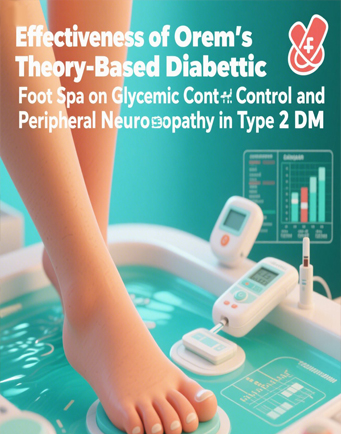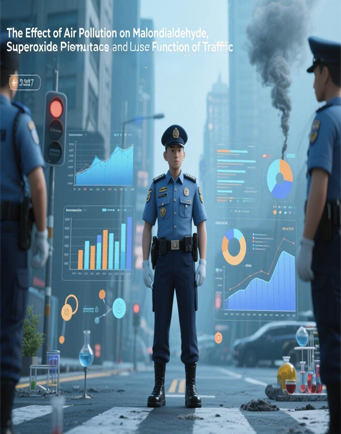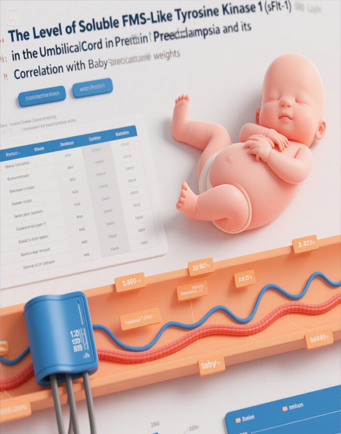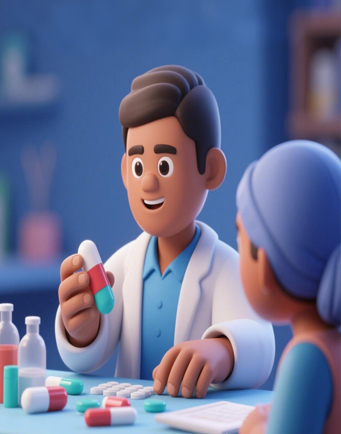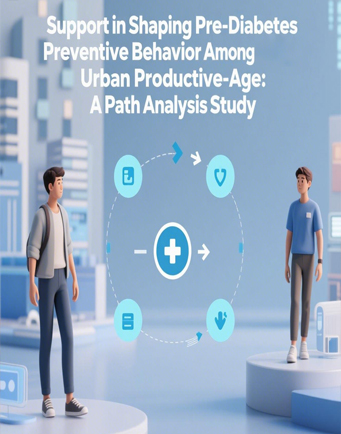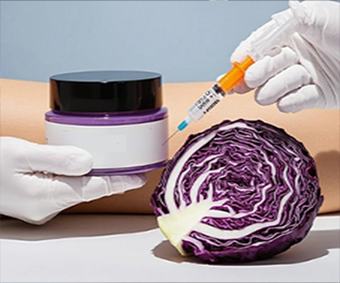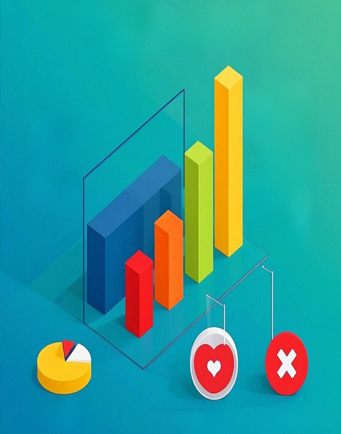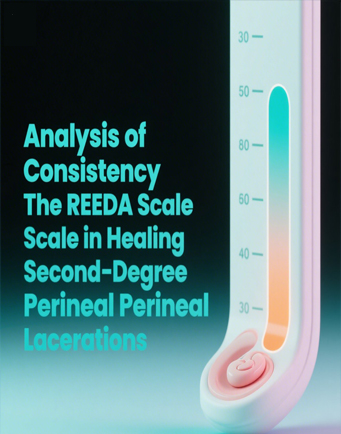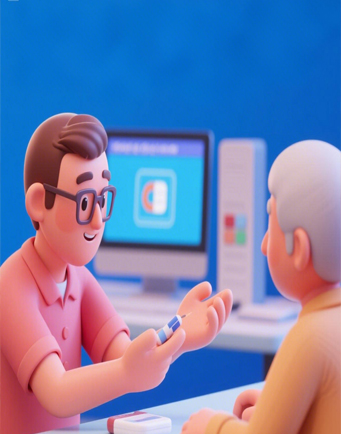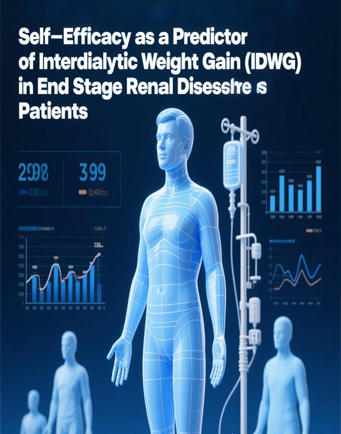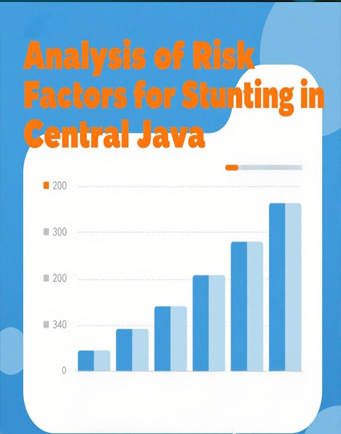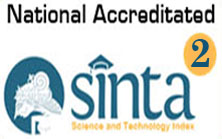Do Virtual Race Events Improve Physical Activity Behavior?
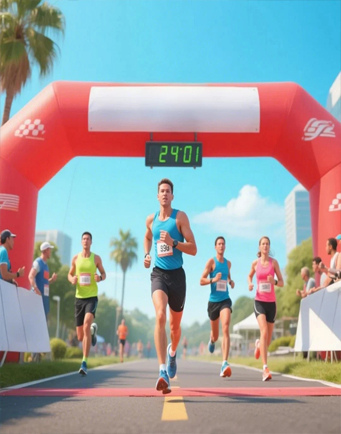
Downloads
Physical inactivity remains a major global health concern, with approximately one in four adults not meeting recommended activity levels. Virtual competitions have emerged as an alternative approach to encourage physical activity, especially following the COVID-19 pandemic. This study aimed to evaluate the impact of a virtual race event on physical activity behavior in adults with a sedentary lifestyle. A cohort study was conducted involving 68 participants, of whom 32 completed both pre- and post-event assessments. Physical activity levels were measured using the Global Physical Activity Questionnaire (GPAQ) before and four weeks after the virtual race. Participants were categorized into a sedentary group (<600 MET-minutes/week) and an active group (≥600 MET-minutes/week) based on baseline data. The McNemar test was used to assess changes in physical activity classification. Results showed that in the sedentary group, the number of active participants increased from 0 to 5 (41.67%), while in the active group, the number of participants who remained active decreased from 20 to 13 (65%). However, the difference between the groups was not statistically significant (p = 0.56). These findings suggest that while virtual race events may offer motivational value, their short-term effect on physical activity behavior may be limited without additional support mechanisms. Future studies should consider larger samples, longer follow-up periods, and the integration of behavioral strategies to enhance engagement and promote sustained physical activity, especially among previously inactive populations.
Arazi, H., & Taati, B. (2025). Impact of coronavirus (COVID-19) pandemic on physical activity levels in different sub-populations of Iranians: A national survey. Scientific Reports, 15(1), 3140. https://doi.org/10.1038/s41598-025-85977-1
Armstrong, T., & Bull, F. (2006). Development of the World Health Organization Global Physical Activity Questionnaire (GPAQ). Journal of Public Health, 14(2), 66–70. https://doi.org/10.1007/s10389-006-0024-x
Bort-Roig, J., Gilson, N. D., Puig-Ribera, A., Contreras, R. S., & Trost, S. G. (2014). Measuring and influencing physical activity with smartphone technology: A systematic review. Sports Medicine (Auckland, N.Z.), 44(5), 671–686. https://doi.org/10.1007/s40279-014-0142-5
Bowles, H. R., Rissel, C., & Bauman, A. (2006). Mass community cycling events: Who participates and is their behaviour influenced by participation? The International Journal of Behavioral Nutrition and Physical Activity, 3, 39. https://doi.org/10.1186/1479-5868-3-39
Byrne, N. W., Parente, D. J., & Yedlinsky, N. T. (2022). Impact of the COVID-19 Pandemic on Exercise Habits Among US Primary Care Patients. The Journal of the American Board of Family Medicine, 35(2), 295–309. https://doi.org/10.3122/jabfm.2022.02.210313
Cleland, C. L., Hunter, R. F., Kee, F., Cupples, M. E., Sallis, J. F., & Tully, M. A. (2014). Validity of the Global Physical Activity Questionnaire (GPAQ) in assessing levels and change in moderate-vigorous physical activity and sedentary behaviour. BMC Public Health, 14(1), 1255. https://doi.org/10.1186/1471-2458-14-1255
Coughlin, S. S., & Stewart, J. (2016). Use of Consumer Wearable Devices to Promote Physical Activity: A Review of Health Intervention Studies. Journal of environment and health sciences, 2(6), 1-10. https://doi.org/10.15436/2378-6841.16.1123
Cox, C. E. (2017). Role of Physical Activity for Weight Loss and Weight Maintenance. Diabetes Spectrum : A Publication of the American Diabetes Association, 30(3), 157–160. https://doi.org/10.2337/ds17-0013
Damayanti, I., & Ismail, A. G. (2021). The effect of virtual community for physical activity on student’s physical activity in the era of pandemic Covid-19. MEDIKORA, 20(2), 134–142. https://doi.org/10.21831/medikora.v20i2.40922
Dening, L. (2016). The rise of virtual races [Internet]. The Guardian. Retrieved from: https://www.theguardian.com/lifeandstyle/the-running-blog/2016/jul/14/the-rise-of-virtual-races
Ding, C., & Jiang, Y. (2020). The Relationship between Body Mass Index and Physical Fitness among Chinese University Students: Results of a Longitudinal Study. Healthcare, 8(4), 570. https://doi.org/10.3390/healthcare8040570
Early, F., & Corcoran, P. (2013). How can mass participation physical activity events engage low-active people? A qualitative study. Journal of Physical Activity & Health, 10(6), 900–909. https://doi.org/10.1123/jpah.10.6.900
Elfil, M., & Negida, A. (2017). Sampling methods in Clinical Research; an Educational Review. Emergency, 5(1), e52. Retrieved from: https://www.ncbi.nlm.nih.gov/pmc/articles/PMC5325924/
Gone For a Run Organization. (2021). What is a Virtual Race [Internet]. Gone For a Run Organization. Retrieved from: https://www.goneforarun.com/what-is-a-virtual-race/
Hao, H., Yuan, Y., Li, J., Zhao, D., Li, P., Sun, J., & Zhou, C. (2024). Association between physical activity and health-related quality of life among adults in China: The moderating role of age. Frontiers in Public Health, 12, 1334081. https://doi.org/10.3389/fpubh.2024.1334081
Helsen, K., Derom, I., Corthouts, J., Bosscher, V. D., Willem, A., & Scheerder, J. (2022). Participatory sport events in times of COVID-19: Analysing the (virtual) sport behaviour of event participants. European Sport Management Quarterly, 22(1), 35–54. https://doi.org/10.1080/16184742.2021.1956560
Keating, X. D., Zhou, K., Liu, X., Hodges, M., Liu, J., Guan, J., … Castro-Piñero, J. (2019). Reliability and Concurrent Validity of Global Physical Activity Questionnaire (GPAQ): A Systematic Review. International Journal of Environmental Research and Public Health, 16(21), 4128. https://doi.org/10.3390/ijerph16214128
Knittle, K., Nurmi, J., Crutzen, R., Hankonen, N., Beattie, M., & Dombrowski, S. U. (2018). How can interventions increase motivation for physical activity? A systematic review and meta-analysis. Health Psychology Review, 12(3), 211–230. https://doi.org/10.1080/17437199.2018.1435299
Lavie, C. J., Ozemek, C., Carbone, S., Katzmarzyk, P. T., & Blair, S. N. (2019). Sedentary Behavior, Exercise, and Cardiovascular Health. Circulation Research, 124(5), 799–815. https://doi.org/10.1161/CIRCRESAHA.118.312669
Logan, J. E., Prévost, M., Brazeau, A.-S., Hart, S., Maldaner, M., Scrase, S., & Yardley, J. E. (2024). The Impact of Gender on Physical Activity Preferences and Barriers in Adults With Type 1 Diabetes: A Qualitative Study. Canadian Journal of Diabetes, 48(6), 401–408. https://doi.org/10.1016/j.jcjd.2024.05.003
Miller, J. A. (2019). The Races Are Virtual but the Running Is Real. The New York Times. Retrieved from: https://www.nytimes.com/2019/03/29/well/move/the-races-are-virtual-but-the-running-is-real.html
Misra, P., Upadhyay, R. P., Krishnan, A., Sharma, N., & Kapoor, S. K. (2014). A Community Based Study to Test the Reliability and Validity of Physical Activity Measurement Techniques. International Journal of Preventive Medicine, 5(8), 952. Retrieved from https://www.ncbi.nlm.nih.gov/pmc/articles/PMC4258675/
Newbold, J. W., Rudnicka, A., & Cox, A. (2021). Staying active while staying home: the use of physical activity technologies during life disruptions. Frontiers in Digital Health, 3, 753115. https://doi.org/10.3389/fdgth.2021.753115
Physical Activity Guidelines Advisory Committee. (2018). 2018 Physical Activity Guidelines Advisory Committee Scientific Report (p. 779) [Scientific Report]. Washington, DC: U.S. Department of Health and Human Services. Retrieved from: https://health.gov/sites/default/files/2019-09/PAG_Advisory_Committee_Report.pdf
Piercy, K. L., Troiano, R. P., Ballard, R. M., Carlson, S. A., Fulton, J. E., Galuska, D. A., … Olson, R. D. (2018). The Physical Activity Guidelines for Americans. JAMA, 320(19), 2020–2028. https://doi.org/10.1001/jama.2018.14854
Sella, F., Raz, G., & Cohen Kadosh, R. (2021). When randomisation is not good enough: Matching groups in intervention studies. Psychonomic Bulletin & Review, 28(6), 2085–2093. https://doi.org/10.3758/s13423-021-01970-5
Wang, J. B., Cataldo, J. K., Ayala, G. X., Natarajan, L., Cadmus-Bertram, L. A., White, M. M., … Pierce, J. P. (2016). Mobile and Wearable Device Features that Matter in Promoting Physical Activity. Journal of Mobile Technology in Medicine, 5(2), 2–11. https://doi.org/10.7309/jmtm.5.2.2
Wattanapisit, A., Amaek, W., Promma, W., Srirug, P., Cheangsan, U., Khwanchum, S., … Chadakorn, N. (2020). Effects of a Workplace-Based Virtual-Run Intervention Among University Employees. International Journal of Environmental Research and Public Health, 17(8), 2745. https://doi.org/10.3390/ijerph17082745
Wattanapisit, A., Amaek, W., Sukkriang, N., Wattanapisit, S., & Wongsiri, S. (2020). Perspectives on Using Online Platforms for Promoting Running and Walking Activities. Frontiers in Public Health, 8, 150. Retrieved from https://www.frontiersin.org/articles/10.3389/fpubh.2020.00150
Westmattelmann, D., Grotenhermen, J.-G., Sprenger, M., & Schewe, G. (2021). The show must go on—Virtualisation of sport events during the COVID-19 pandemic. European Journal of Information Systems, 30(2), 119–136. https://doi.org/10.1080/0960085X.2020.1850186
WHO. (2018). More active people for a healthier world: Global action plan on physical activity 2018-2030. Switzerland: WHO.
WHO. (2022). Physical activity [Physical activity fact sheet]. WHO. Retrieved from: https://www.who.int/news-room/fact-sheets/detail/physical-activity
Wiium, N., & Säfvenbom, R. (2019). Participation in Organized Sports and Self-Organized Physical Activity: Associations with Developmental Factors. International Journal of Environmental Research and Public Health, 16(4), 585. https://doi.org/10.3390/ijerph16040585
Copyright (c) 2025 JURNAL INFO KESEHATAN

This work is licensed under a Creative Commons Attribution-NonCommercial-ShareAlike 4.0 International License.
Copyright notice
Ownership of copyright
The copyright in this website and the material on this website (including without limitation the text, computer code, artwork, photographs, images, music, audio material, video material and audio-visual material on this website) is owned by JURNAL INFO KESEHATAN and its licensors.
Copyright license
JURNAL INFO KESEHATAN grants to you a worldwide non-exclusive royalty-free revocable license to:
- view this website and the material on this website on a computer or mobile device via a web browser;
- copy and store this website and the material on this website in your web browser cache memory; and
- print pages from this website for your use.
- All articles published by JURNAL INFO KESEHATAN are licensed under the Creative Commons Attribution 4.0 International License. This permits anyone to copy, redistribute, remix, transmit and adapt the work provided the original work and source is appropriately cited.
JURNAL INFO KESEHATAN does not grant you any other rights in relation to this website or the material on this website. In other words, all other rights are reserved.
For the avoidance of doubt, you must not adapt, edit, change, transform, publish, republish, distribute, redistribute, broadcast, rebroadcast or show or play in public this website or the material on this website (in any form or media) without appropriately and conspicuously citing the original work and source or JURNAL INFO KESEHATAN prior written permission.
Permissions
You may request permission to use the copyright materials on this website by writing to jurnalinfokesehatan@gmail.com.
Enforcement of copyright
JURNAL INFO KESEHATAN takes the protection of its copyright very seriously.
If JURNAL INFO KESEHATAN discovers that you have used its copyright materials in contravention of the license above, JURNAL INFO KESEHATAN may bring legal proceedings against you seeking monetary damages and an injunction to stop you using those materials. You could also be ordered to pay legal costs.
If you become aware of any use of JURNAL INFO KESEHATAN copyright materials that contravenes or may contravene the license above, please report this by email to jurnalinfokesehatan@gmail.com
Infringing material
If you become aware of any material on the website that you believe infringes your or any other person's copyright, please report this by email to jurnalinfokesehatan@gmail.com.


